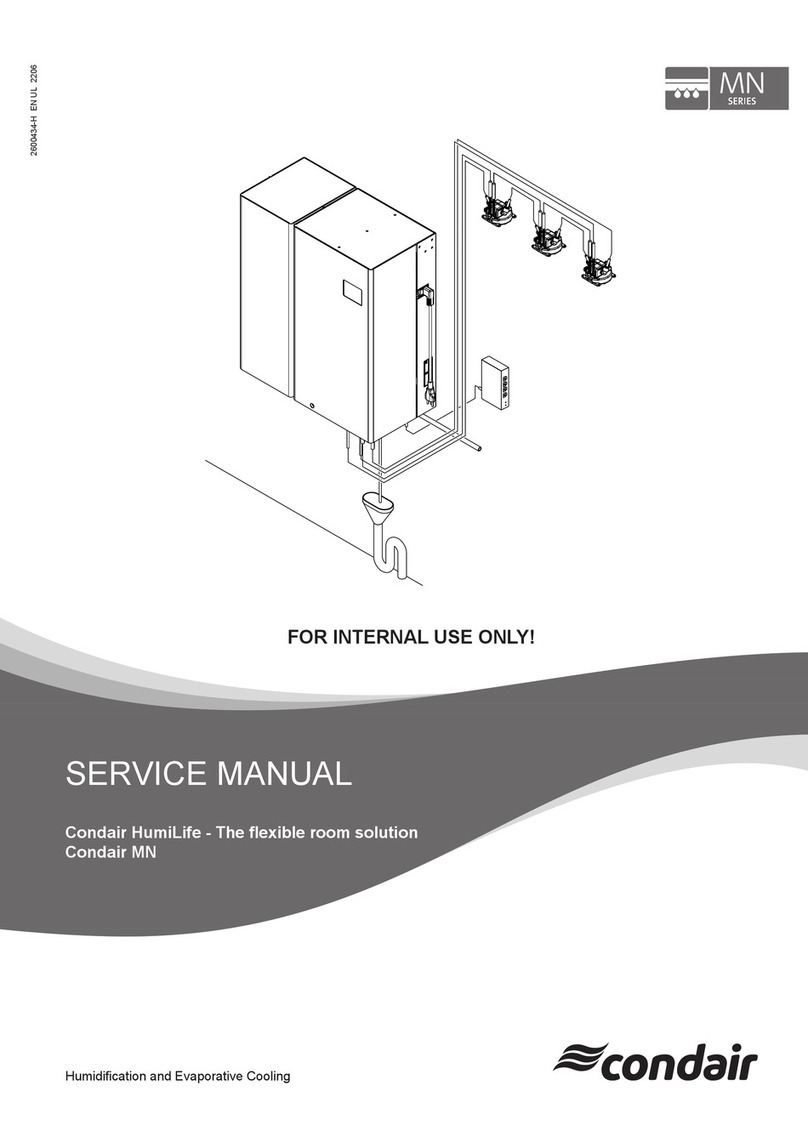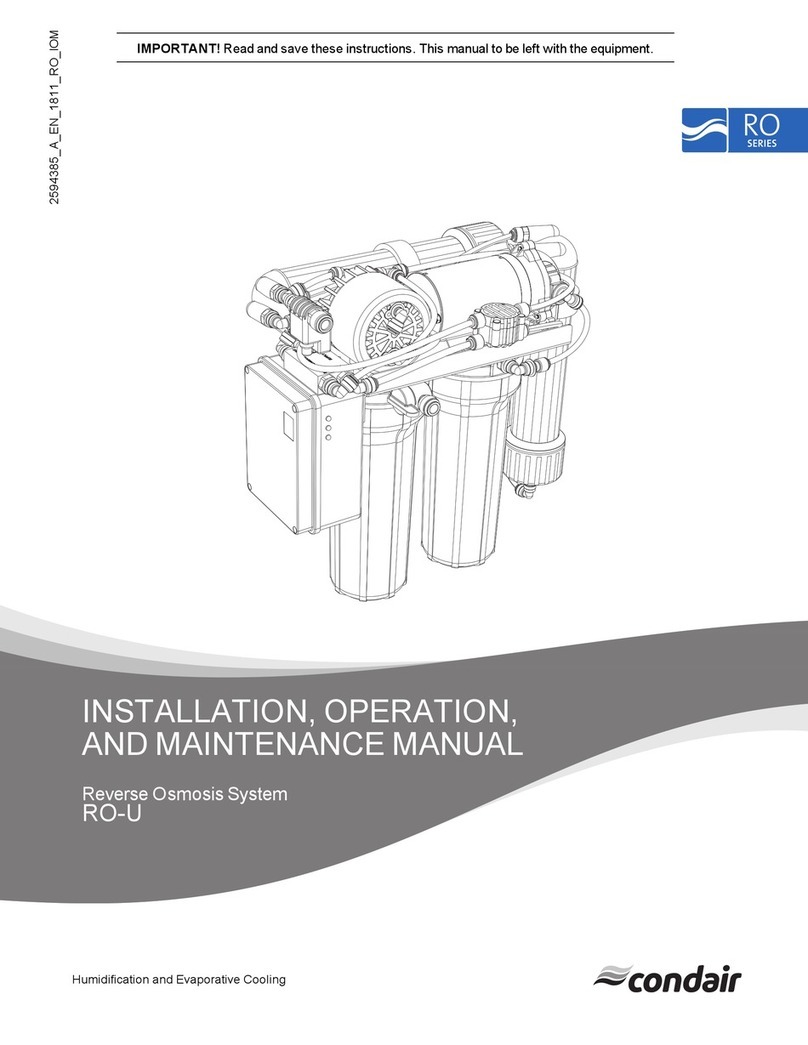
8
1.8 Safety instructions for maintenance work
The operator must ensure that all maintenance, inspection and installation work is carried
out by authorised and qualified specialist personnel who have acquired the necessary
information by studying the operating instructions.
Prior to all repair and maintenance work, the system must be switched off and secured
against unintentional start-up. The procedure for shutting down the system described in
the „Commissioning and Decommissioning“ section of the technical documentation must
be observed at all times.
Before any work is started on the system’s electrical equipment, the corresponding section
must be checked to ensure that it is not live. In addition, the system must be secured
against being switched back on.
Suitable protective clothing appropriate to the hazard level in question must be worn while
the work is being carried out.
Immediately after completion of the work, all safety and protective devices must be
refitted or restarted.
The steps described in the „Commissioning and decommissioning“ section must be
performed prior to recommissioning.
1.9 Disposal of system components and operating materials
The system components must be disposed of, if necessary also separately, in accordance with
the local regulations.
1.10 Unauthorized modification and production of spare parts
Conversion or modifications to the system are only permitted following consultation with
the manufacturer.
This also applies to control unit program changes.
Original manufacturer-authorized spare parts are used for safety purposes.
If other parts are used, the warranty becomes void and no liability is accepted for the
resulting consequences.
1.11 Warranty and liability
This product corresponds to the state of the art and has been designed, manufactured
and subsequently subjected to quality control in accordance with the applicable rules of
technology. Should there nevertheless be cause for complaint, any claims for compensation
against the manufacturer of this product are subject to the latter’s general terms and
conditions of sale and delivery.
Warranty and liability claims for personal injury and property damage due to one or more of
the following causes are excluded:
Improper use of the system
Improper assembly, commissioning, operation and maintenance of the system
Operating the system with defective safety devices or improperly installed or
non-functioning safety and protective devices
Non-compliance with the instructions in the operating instructions regarding transport,
storage, installation, commissioning, operation (note: the operating log should be filled
in on a continuous basis), and maintenance of the system.
Unauthorized, unapproved structural changes to the system
Unauthorized modification of the control parameters
Inadequate monitoring of system components that are subject to wear and tear
Improperly performed repairs
Disasters caused by exposure to foreign bodies and force majeure.
General safety instructions
































